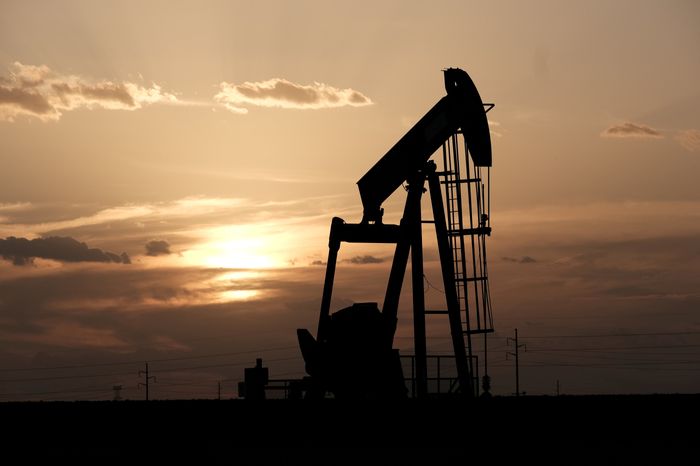To say that we’re living in an age of increased uncertainty is an understatement. The last few years have sent economists scrambling to revise their forecasts, update their models, and revisit time-tested correlations and long-held rules of thumb. Case in point: Oil prices.
In March 2022, after Russia announced its “special military operation” in Ukraine, credible forecasters raised the spectre of $200 oil if the West banned imports of Russian crude. Had you said back then that two years later, Russian supplies would still be restricted, we’d have war in the Middle East, a 5% cut in OPEC (Organization of the Petroleum Exporting Countries) supplies, major shipping disruptions in the Red Sea, and that oil would be trading comfortably below $100 a barrel, you’d have been asked to surrender your elbow patches and annotated copy of The Wealth of Nations, and banished from the halls of the dismal science.
On Oct. 7, the day of the Hamas attacks on Israel, Brent crude initially jumped about $3 a barrel, and really only peaked up $8, by Oct. 18. Since then, Brent is actually trading below where it was even before the attacks. So, what gives?
Well, like all commodities, oil prices are influenced by geopolitical events and broad market sentiment, and fundamentally driven by the law of supply and demand. On the demand side, the global economy has largely defied prognostications of impending doom. But still-high costs and elevated interest rates have constrained consumer and business activity worldwide. China, the world’s largest importer of oil, has yet to fully recover from the effects of its property sector slowdown, dampening demand for all industrial commodities, including crude.
There’s also something else going on here, something more fundamental than the cyclical gyrations of global demand dynamics. The world’s become more energy resilient. Consider, first, that new producers in the United States continue to mine shale oil. Meanwhile, Brazil and Guyana are further adding to global supplies, and Canada is set to pour about half a million new barrels of oil per day into markets over the next year, or so. Even Russian oil is finding its way to buyers looking for a deal. In fact, OPEC+ now only supplies about half the global market, its lowest share since the cartel was established in 2016.
Learn more here: https://www.edc.ca/en/trade-matters/oil-market-pressures.html











